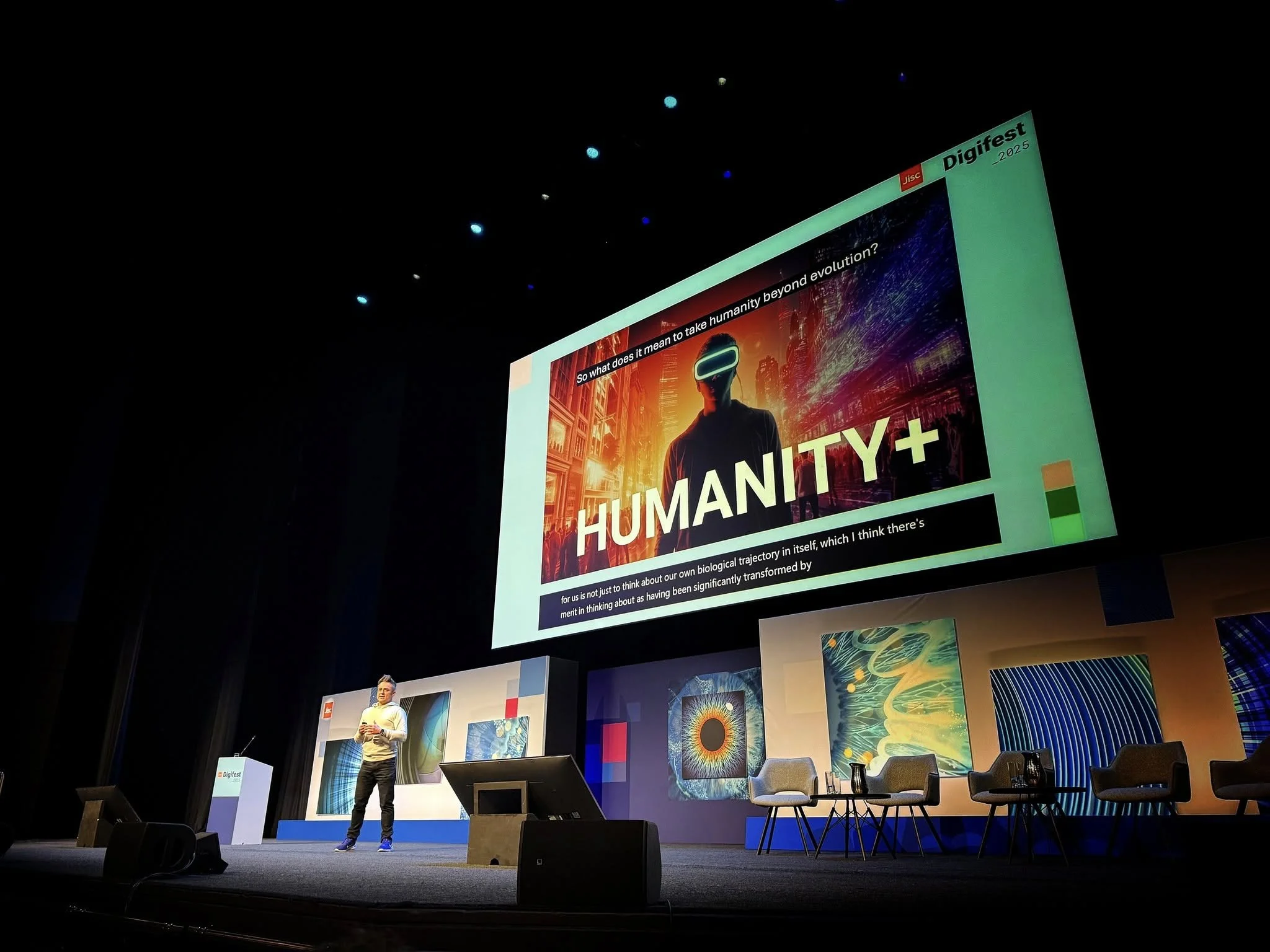
Make it stand out
What’s been happening?

Palgrave Handbook of Olympic Studies

TV Like Us

Values and Ethics for the 21st Century

The Ethics of Sports

Leadership in Science & Technology

Mozart Reloaded
Olympia
Encyclopedia of Social Networks

Future : Content

An Olympic Mosaic

Open Source Protest

Nanoscience
Business Ethics
Politics of Leisure

